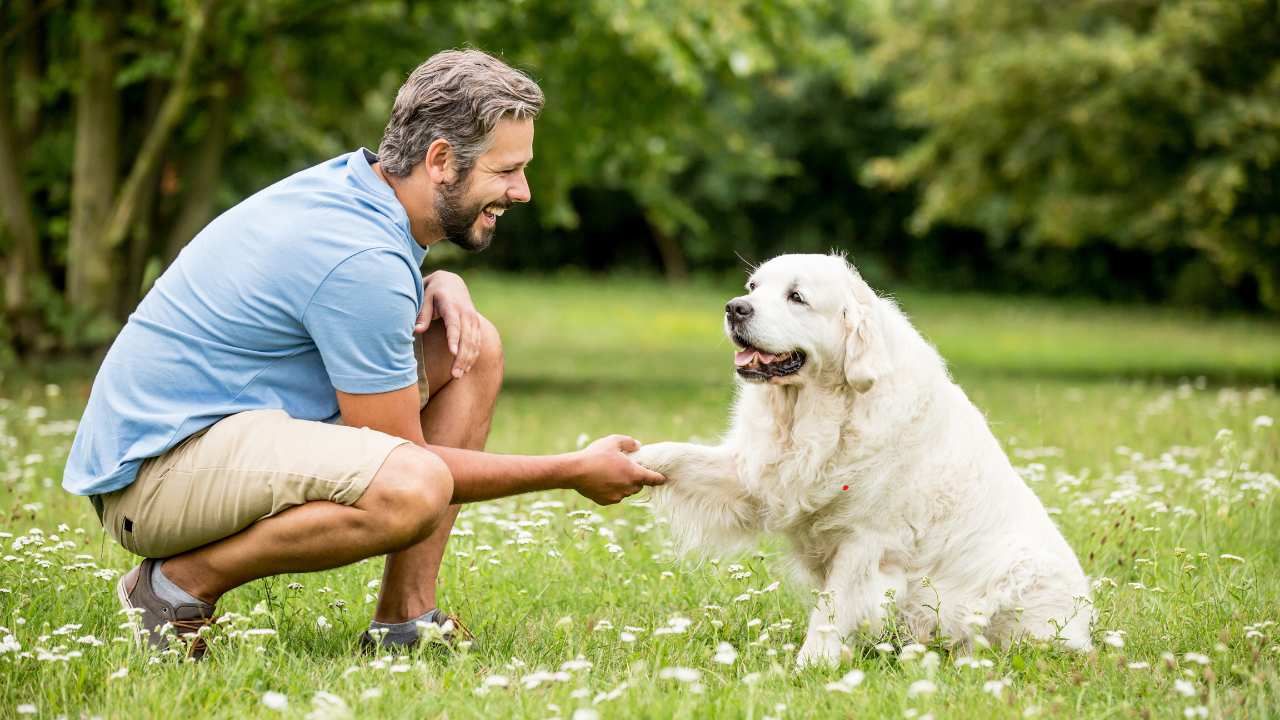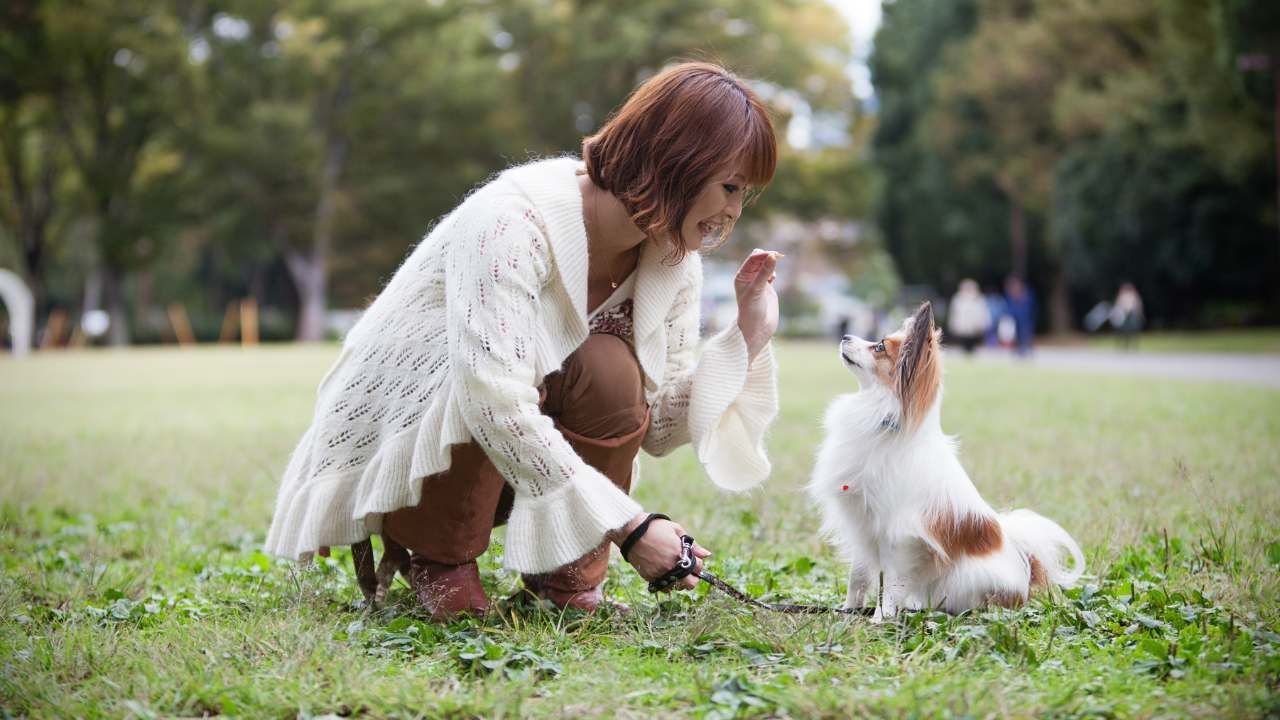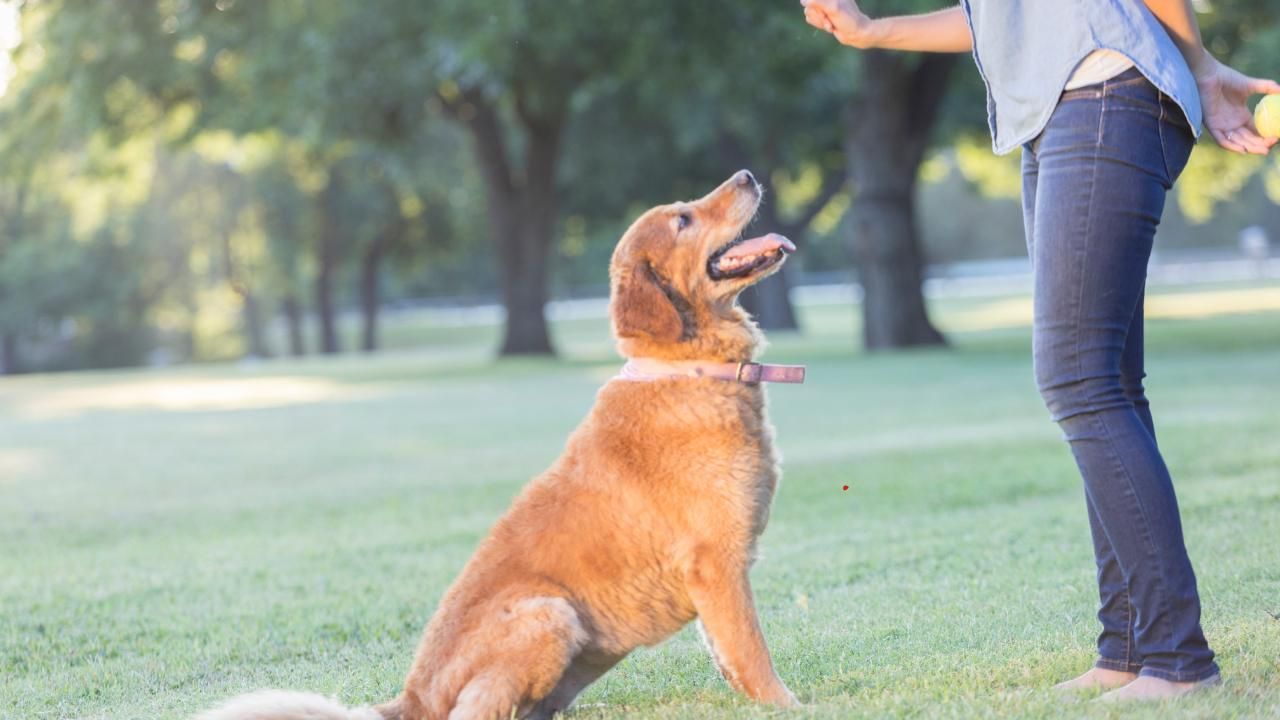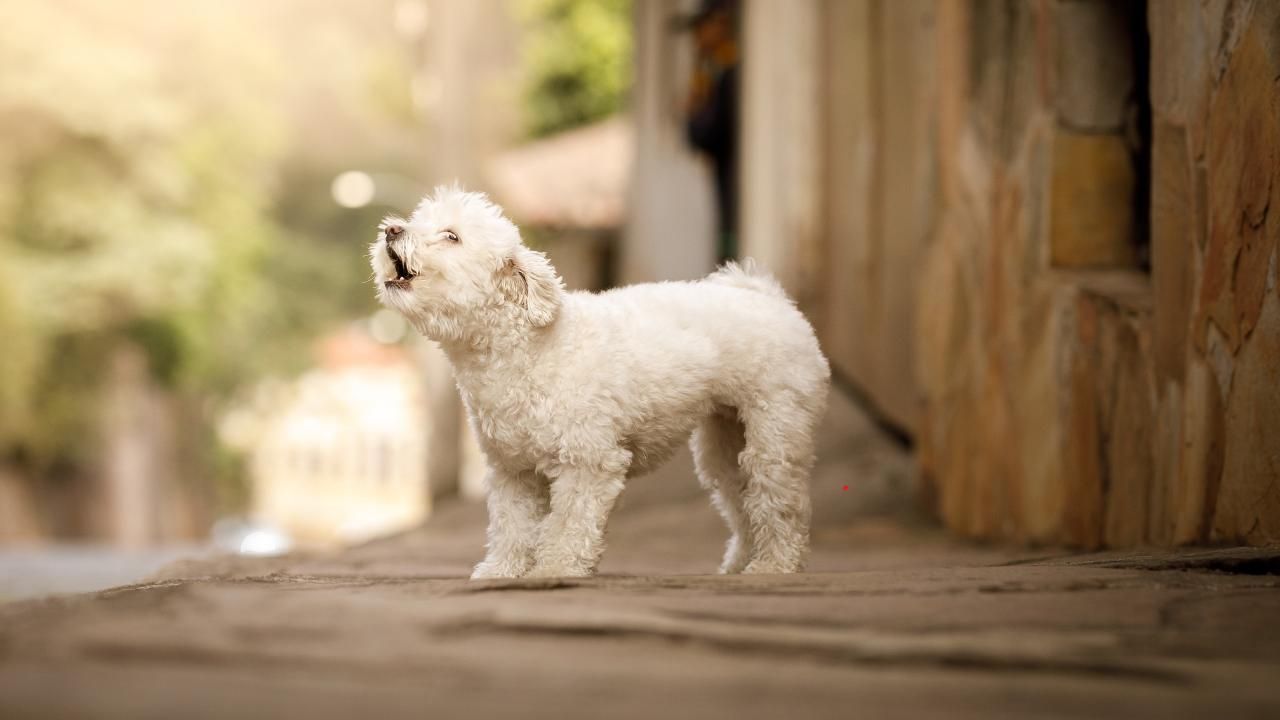Voice, Hand Signals, or Both? How Dogs Understand Commands
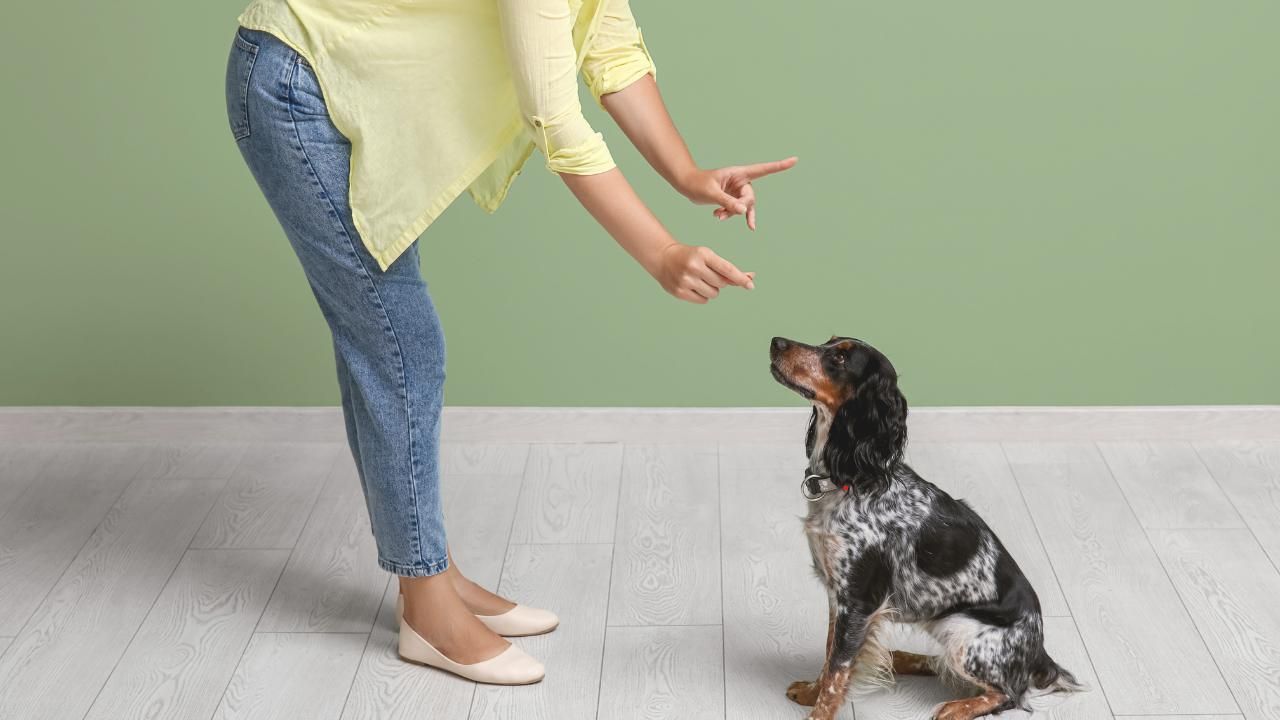
Ever wonder why some dogs respond instantly to your voice while others seem to watch your hands more closely than your words? There’s a real science behind how dogs process commands, and understanding it can make training easier, faster, and way more fun. Even families searching for Bernedoodles puppies for sale in Prescott AZ want to know which method works best before bringing home their new companion from places like Doodling Pups, LLC. And if you’ve already invested in trained puppies, this guide helps you reinforce what they know.
Before diving deeper, here’s what you’ll learn:
• Why dogs interpret voice commands differently from hand signals
• When one method works better than the other
• How combining both creates stronger obedience
• Simple examples you can practice today
Why Voice Commands Matter
Dogs are incredible at picking up vocal tones. They rely less on the actual words and more on the pitch, rhythm, and emotion behind your voice. This makes spoken commands useful when your dog can't see you—like calling them inside from the yard or redirecting them during a walk.
Clear vocal cues help your dog understand:
- Whether you're giving praise or correction
- The urgency of your request
- The difference between a command and casual speech
But voice alone has drawbacks. If you're stressed, tired, or frustrated, your tone shifts—and your dog can misinterpret your meaning. Loud environments also drown out commands, making your voice less reliable.
Why Hand Signals Work So Well
Hand signals tap into a dog's natural ability to read body language. Dogs notice slight movements long before they recognize spoken words. This makes hand cues powerful for precision training or when silence is necessary.
Hand signals are especially useful when:
- You're training complex behaviors
- You want calm, quiet communication
- Your dog is at a distance
- You want to avoid confusing tone changes
Because dogs interpret body language faster than speech, hand signals often feel more intuitive to them. They're also perfect for dogs that are naturally observant or visually oriented.
The Magic of Combining Both
When you use voice and hand cues together, you create a stronger, more reliable command system. This is called “dual cue training,” and it dramatically boosts comprehension.
Benefits include:
- Faster learning and better retention
- Reduced confusion when environments change
- A backup system if your dog doesn’t hear or see one cue
- Clearer distinctions between multiple commands
For example, pairing the word “sit” with an upward hand motion helps your dog link the action with two sensory cues. Later, you can use either one independently.
Case Study: Teaching “Stay” to a Distracted Dog
A family brought home a lively young pup who loved training but struggled to stay put when guests arrived. They initially used only the verbal cue “stay,” but noise and excitement drowned it out. We added a hand signal—an open palm facing the dog—paired with the same word. Within a week, the dog understood that the open palm meant freeze, even if the room was loud. After two weeks of consistent training, the dog could hold a stay with either the voice command alone or the hand signal alone. Combining cues cut the learning time almost in half.
How to Start Using Both Today
If you want reliable obedience, consistency is non-negotiable. Here’s a simple way to begin:
- Pick one command to strengthen — like “sit,” “stay,” or “come.”
- Create a distinct hand signal that matches the action.
- Pair the cue and signal every time for at least two weeks.
- Practice in different environments so your dog generalizes the behavior.
- Gradually test each cue independently to see which your dog favors.
Most dogs thrive on combined cues, and once they master both, training becomes smoother and far more enjoyable.
Ready to help your dog respond better and learn faster? Start integrating voice and hand cues today, and you’ll see the difference in just a few sessions. To learn more, contact us.



